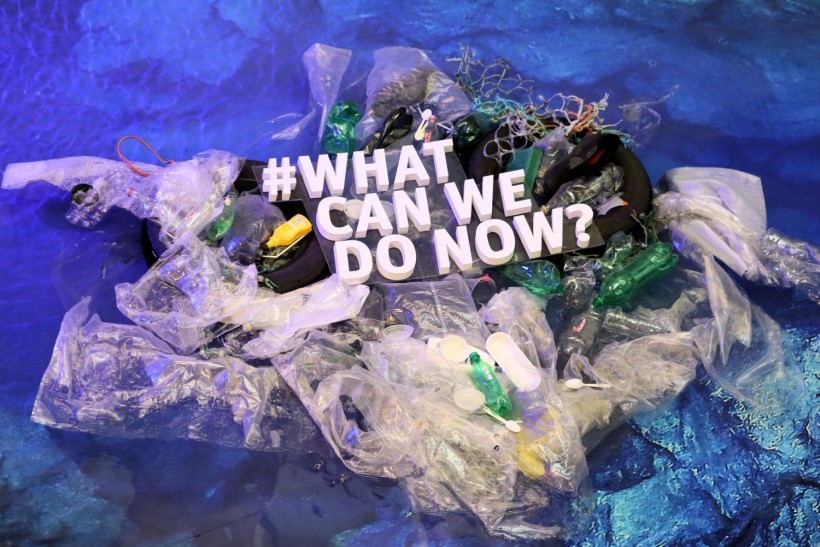A recent study observed that plastic pollution in the ocean had skyrocketed significantly since 2005. There are also no signs that the trend is slowing down.

Ocean Pollution Peak
Plastics have led to the death of fish and other marine life. It takes centuries for the material to break down and become less harmful.
The BBC reports that over 171 trillion pieces of plastic are clogging international waters. Scientists warn that this number could triple by 2040 if no interventions are executed.
Findings were published in the Plos One journal. As part of the study, the scientists utilized 11,777 samples collected from the ocean's surface layers, around the first 600 feet. They did so to gauge the average microplastic amount in the coating as time passed. After doing so, they compared it with a historical overview of the global policy that targets the reduction of ocean pollution.
As per CBS News, the 5 Gyres Institute, the study's organizer, says that the data reveals heightened ocean plastic pollution levels and decreased effectiveness in specialized agreements and laws. Several factors are to consider, such as existing plastic fragmentation and production and waste increases. However, there is a clear need for legally effective agreements.
Similar plastic pollution trends were also observed along beaches. CBS News reports that such parallel observations suggest that ocean plastic pollution has increased tremendously in the last 15 years.
The researchers note that if urgent policy interventions are not executed, plastics may fill the ocean from this year up to 2040 at an increased rate of around 2.6 times.
Dr. Marcus Erikson, one of the study's authors, says that this exponential growth of microplastic quantity across global oceans reveals the great need for international action.
CBS News reports that Dr. Erikson mentions that cleanup efforts are futile if plastic production continues at its current rate. He also says that recycling has been a repeated topic for a long time, and yet the plastics industry still does not accept commitments to design their materials with recyclability in mind or to purchase recycled materials. Dr. Erikson says that the source and core of this plastic pollution problem should be addressed.
ALSO READ: How Sequins Contribute to Plastic Pollution
Ocean Plastic Pollution Threatens Marine Life
Single-use plastic items, such as packaging items and bottles, break down as time passes into smaller materials. This is because of mechanical degradation or sunlight.
Marine wildlife, such as turtles, whales, and seabirds, often mistake these plastics for prey. The BBC reports that these creatures may die of starvation as the plastic accumulates in their bellies.
These plastics also enter human drinking water. Microplastics have been spotted in human veins, the placenta, and the lungs. Scientists have yet to discover if such microplastics negatively impact the health of humans.
RELATED ARTICLE: New Open-Access Reference Library Aids the Identification of Sources of Plastic Pollution
Check out more news and information on Plastic Pollution in Science Times.

![Extinct Giant Salmon Had Tusk-Like Spikes Protruding Out of Its Snout That Can Easily Kill Shark, Other Large Marine Animals [Study]](https://1721181113.rsc.cdn77.org/data/thumbs/full/53304/89/56/50/40/extinct-giant-salmon-had-tusk-like-spikes-protruding-out-of-its-snout-that-can-easily-kill-shark-other-large-marine-animals-study.png)












